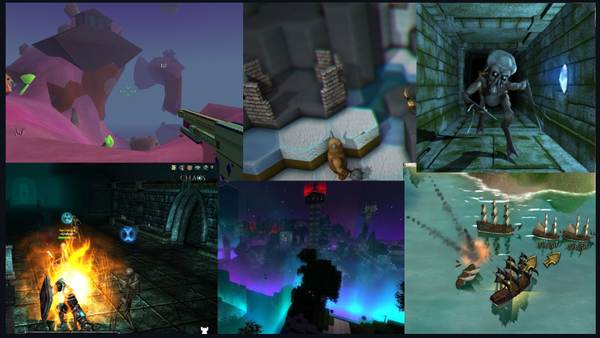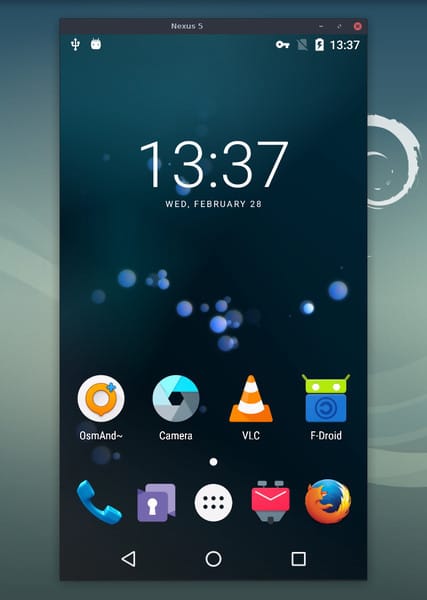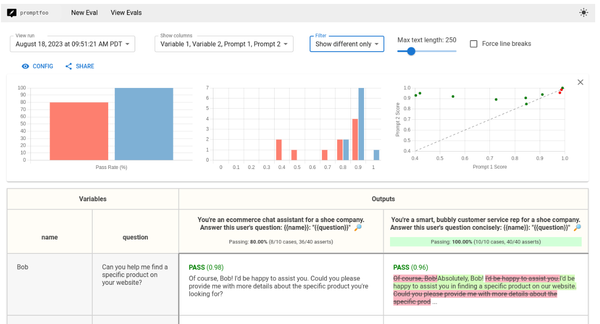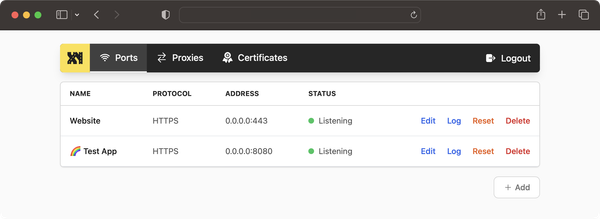7 Top UI Components for React.js
Even with so many other frameworks coming into the market, the good old React platform has still managed to keep its position cemented. One of the big reasons for Reacts' longevity is the fact that this platform is instantly upgraded with the latest updates as they happen, and third-party developers are also quick to release frameworks that give users the latest functionality.
While this is great in terms of the usability of the software, it does make it a little challenging to differentiate the quality frameworks from those that aren't up to the mark. In this article, we are looking at some of the best component libraries that you can use with your next React project.
1. React Bootstrap
If you want to nose dive into the most genuine React DNA then Bootstrap is where you should start. It is one of the oldest and one of the original libraries that were created for React. The experience is extremely clean and smooth and it integrates seamlessly with ReactJS. If you are looking to learn a language for front-end development and you are interested in working with React, then this is the ideal combination.
Bootstrap also does well in the technical department, one of the standout features being that it doesn’t rely on iQuery. The library itself is very extensive covering every kind of component you could think of, and more. When you want to develop your own theme or make your own customizations, these elements are already in perfect condition for that task, since they are completely synchronized and optimized for this environment.
The UI framework also makes this excellent for teams that are working together on different parts of the same project since you can be designing things on the backend and simultaneously test them out on the front end. If you are starting off with this language, it will be easier to pick up for those that are coming from a front-end background but if you are a pure back-end developer then you will need to get used to the UI that is used in the back-end development on this platform.
2. React Router
Route ordering is always a difficult and time-consuming task for any developer. Using React Router helps make this process much quicker and less painful. The framework specializes in matching your different application components with their URLs to help you get the best user experience possible.
Rather than having to create multiple layers and assign hierarchies, you can get better results with a lot less work. The router will automatically detect the best route for your application and you won't have to do this yourself. Again, this isn't for beginners so it is a bit complex. If you are looking for the most powerful solution this is great, but it isn't the simplest of the different routing frameworks available.
3. Fluent UI
If you are focusing on Microsoft apps then this is a great framework to use. It is commonly used for developing Microsoft apps because it is Microsoft-based, however, it is also a handy tool to have for cross-platform development. With React, you can use Fluent for all kinds of development needs.
This is a framework for more advanced developers so it comes loaded with a huge number of components covering everything from menus to notifications to components and everything else that you would need. It is also very efficient in making changes to these components and you can get really detailed with the kind of modifications that you make.
One thing to note is that Fluent uses an intuitive system meaning that CSS is used to make the changes to each component. If you want your changes to not impact the global style then this is great, but if you need to achieve the opposite this will be counterproductive.
When researching documentation for Fluent, you will find that only the most basic things are covered and more advanced things are left open for the developer to explore. While this is fun for advanced developers it can be extremely frustrating for people who are new to development. If you want to move to something more robust to try out more advanced designs, then this is a great option.
4. Blueprint UI
If your focus is going to be desktop-based application development then Blueprint UI will be a good choice. The main drawback to this interface is that it lacks many of the features that are needed for specialized mobile app development. While it does support mobile interactions, it is not the ideal solution for that job.
However, if you are focusing on desktop applications and specifically those that are going to be crunching massive amounts of data, multiple modules, and countless components, then you have found your solution. Blueprint is a workhorse and it will carry even the most intense loads. You can pair this up with a React file upload component to manage uploads and it can easily take on extensive uploads from the front or back end. The library itself comes with over 30 components which are very CSS-friendly. Even if you aren’t too familiar with CSS, you can still get excellent results from the onboard components because the UI itself has the necessary controls to the relevant customizations to these elements.
This is excellent for beginners because it has a minimal amount of coding involved and there is a lot of documentation available to help you get up to speed.
5. React Redux
Redux is great if you want something straightforward to work with which can even do things autonomously. One of the standout features of Redux is that you don't have to interfere a lot with the operations. If you can properly set up the values you desire from the components the first time, the system will automatically extract and update these things itself. This is why Redux is a popular choice for those that need to debug applications or those that want to try out their application in different environments. This solution comes with DevTools as a standard and features a lot of advanced functionality.
If you need to make those final touches to your application then this is the best platform to use. With Redux, you also have the added convenience of the system automatically applying performance optimizations. Unless you are making very significant changes, Redux can manage things on its own. This way you can easily get applications that are running at maximum efficiency. The only drawback is that it is a time-consuming platform to use and it isn't the easiest to use for beginners.
6. Grommet
For web designers, Grommet is an excellent starting point. The main features of this system are its simplicity and the plethora of information that you get. Whether you need help installing a component or you need some assistance in a technical aspect, there is an onboard guidelines section that you can use.
Moreover, you also get access to a lot of layout components that cannot be found in other frameworks. There are countless patterns, sticker sheets, templates, and all kinds of fun things that web designers love. The navigation is also very simple since it doesn't use very difficult coding and it is quite user-friendly even for a newbie. The only limitation is the level of customization involved.
7. Material UI
Material UI centralizes control for designers. You can very easily manage styling and component usage from the same location. Similarly, it is also very flexible and customizable when it comes to styling changes. The framework already comes with a lot of goodies in the box so you don’t need to spend time developing your own solutions. Plus, the included components are easily customizable. All the available components in the system meet the latest accessibility requirements so that is also one less thing to worry about when using Material.
Material UI comes with a lot of advanced theming features, and you can also customize this code with additional CSS utilities such as Google’s Material Design. The aim is to make development as quick and smooth as possible while giving the developer as much flexibility as possible. The fact that this framework is targeted toward more advanced designers means that the documentation isn't the best. Ideally, you should have some experience in design and development to get the most out of this framework, otherwise, you might find yourself struggling to get the hang of things.
With the right tools and the right strategy, developing a website or app is a breeze, but you also need to have a long-term vision and understand what you will need down the road. To some extent, it is also about where you are in terms of proficiency as a developer, but there are many things that even the most experienced developers have to learn during a new project. All of these frameworks are designed to make the process of development as easy as possible, but that comes with its own challenges. Ideally, you should look at what your specific requirements are and what the final product is that you have in mind and then work your way back from there to choose the best framework.




![16 Open-source Free Flutter Dashboards for Desktop, Web and Mobile [October 2024]](/content/images/size/w600/2024/10/screenshot20240408-1.png)

